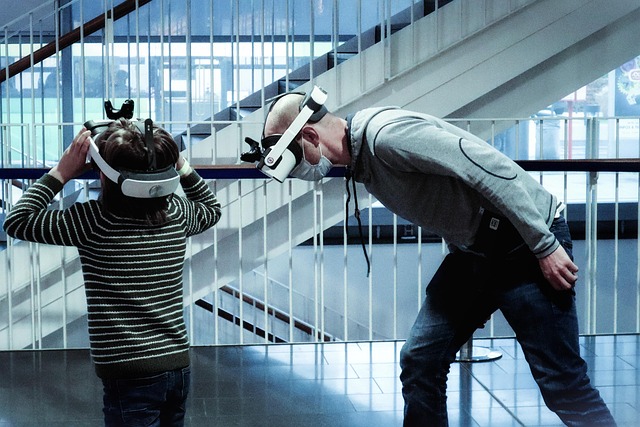Motion detection technology has come a long way in recent years, particularly in the realms of Virtual Reality (VR) and Augmented Reality (AR). As we plunge deeper into the immersive digital landscapes of the metaverse, the demand for highly nuanced and responsive motion detection systems is becoming crucial. These advancements not only enhance user experience but also directly influence the creation of more engaging and interactive software.
In a virtual reality environment, the feeling of being physically present in another world is heightened by precise motion detection. Gone are the days when motion sensors merely tracked simple hand gestures; the latest innovations leverage a mix of sensors, algorithms, and artificial intelligence to understand and predict user movements in real-time. This allows for fluid interactions, making experiences more natural and enjoyable. Imagine enjoying a fantasy game where you can swing your sword with the same precision as you would in the real world, thanks to advanced motion detection systems.
Augmented reality, on the other hand, brings digital elements into our physical spaces. The potential for motion detection within AR applications is staggering. With real-time data overlays, users can interact with 3D models and digital objects seamlessly integrated into their reality. The trick lies in motion detection systems that can distinguish between subtle changes in an environment, allowing digital objects to respond accurately as the user moves around them. For instance, consider an educational app that teaches anatomy via AR; as a student navigates around a 3D model of the human body, the software’s ability to detect their movements ensures that they receive contextual information relevant to their viewpoint, enriching the learning experience.
The metaverse, a shared virtual space that encompasses both VR and AR, also hinges upon efficient motion detection technology. As users engage with one another in this interconnected universe, the importance of accurate motion tracking cannot be overstated. From user-generated content to social interactions, every movement must correspond precisely with the digital realm. This level of immersion is what sets the metaverse apart from traditional gaming or software experiences. Think of a concert where avatars and users dance and interact with a crowd; motion detection makes the difference between a flat and a vibrant atmosphere.
As software developers delve deeper into the realms of motion detection, the possibilities are endless. The integration of haptic feedback, enhanced body tracking, and machine learning can create incredibly rich experiences that blur the lines between the virtual and the physical. New frontiers in motion detection will pave the way for innovative applications in gaming, education, healthcare, and beyond.
In summary, the future of motion detection in VR and AR is not just about the technology itself but the feelings it evokes and the connections it fosters. With advancements continually reshaping the landscape, software development is poised to capture these sensations and transport users to places they have only dreamed of exploring. As we continue to embrace this evolution, one thing is clear: motion detection is set to revolutionize the way we interact with digital content, making our experiences not only more immersive but genuinely human.




